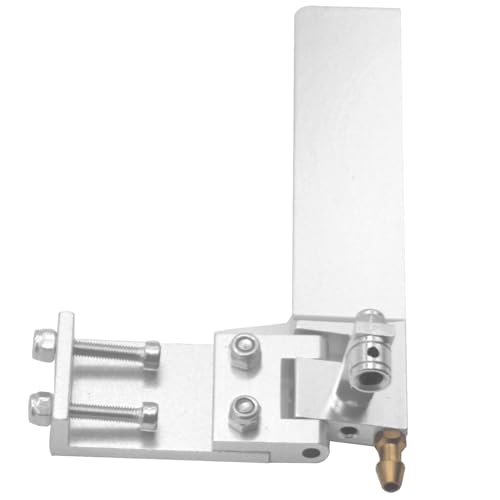- Joined
- Apr 2, 2002
- Messages
- 1,990
Are those cutting tools over the counter or did you grind them? Asking for a friend who would prefer to buy.View attachment 275774 View attachment 275775 View attachment 275777 View attachment 275776 The first pic is the stock heads. second is the moded heads. I used 2 different tools to make 2 different chamber with different cc but keeping every thing else the same. One tool is 1/4" and the other is 5/16". With the stock head only being 1/4" deep your hands are tied to how much you can do. Building one from scratch is a while different world.
When you can make the chamber as shallow as you want I use the 1/4" tool to make a 1/8 deep chamber.
But this is what I do with a stock head to gain cc's.
Stock heads are .32cc






































